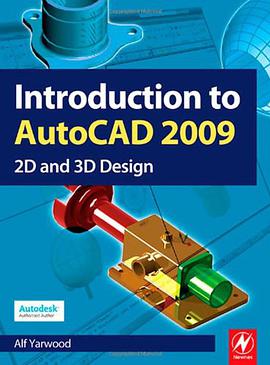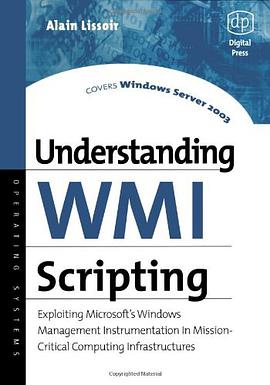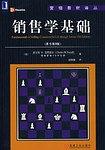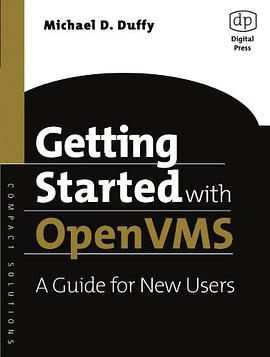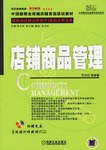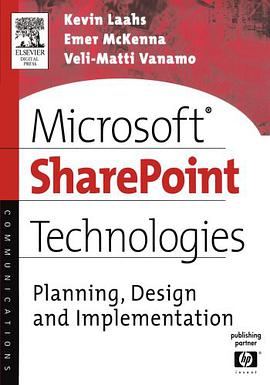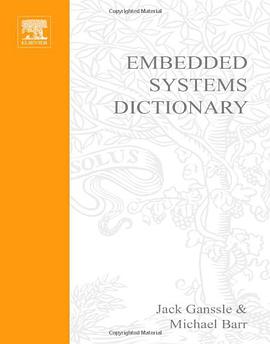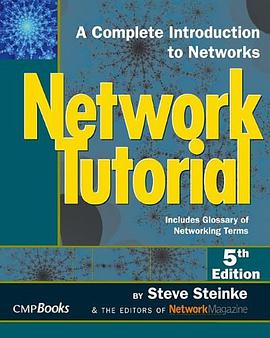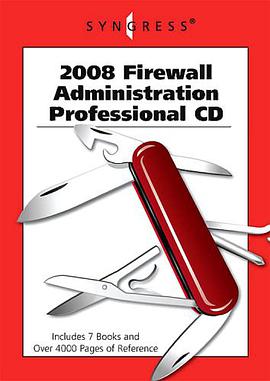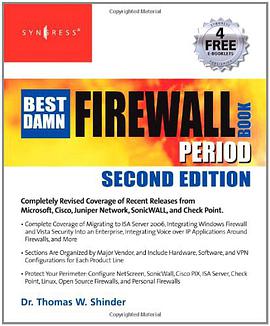

在綫閱讀本書
This book will help you understand the new choices and possibilities available in designing your storage environment for Microsoft Exchange Server 2007 SP1. The move of Microsoft Exchange Server from a 32-bit application to the 64-bit world reduced the I/O footprint on the storage subsystem. This allows users to consider shared storage deployments or go the opposite way and focus on direct attached storage. Supporting large mailboxes is now possible, but how do you back up and recover the increased amount of data? Exchange Server 2007 Continuous Replication and new features in Windows Server 2008 Failover Clustering provides interesting possibilities for geographically dispersed deployments. This book explains these new built-in features of Exchange Server 2007 and compares them with application independent data replication solutions provided by high-end storage subsystems. It is critical to understand these key technologies to make the right decision which storage solution best fits your business needs. The authors share their experience from large scale deployments and depict configurations used during their projects.
.Includes a description of how the move to a 64-bit application reduced the I/O behavior .Storage hardware technologies and Windows storage stack features for Exchange servers .Exchange Server 2007 Continuous Replication and Windows Server 2008 Failover Clustering .Performance monitoring and analysis to optimize the Exchange Server 2007 configuration
具體描述
讀後感
評分
評分
評分
評分
用戶評價
相關圖書
本站所有內容均為互聯網搜索引擎提供的公開搜索信息,本站不存儲任何數據與內容,任何內容與數據均與本站無關,如有需要請聯繫相關搜索引擎包括但不限於百度,google,bing,sogou 等
© 2025 qciss.net All Rights Reserved. 小哈圖書下載中心 版权所有


